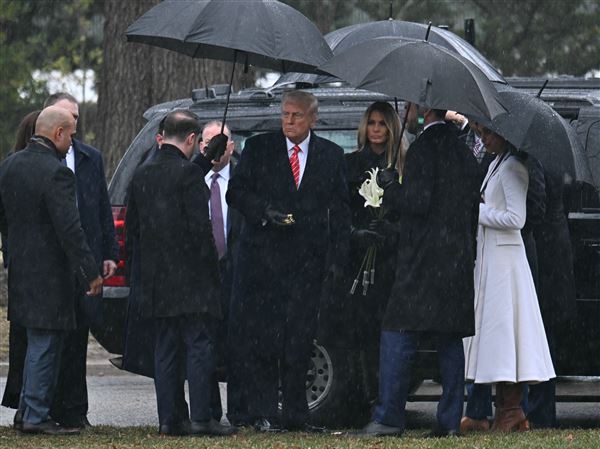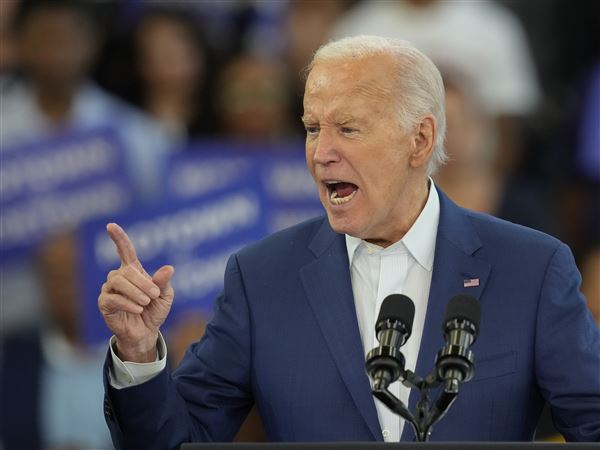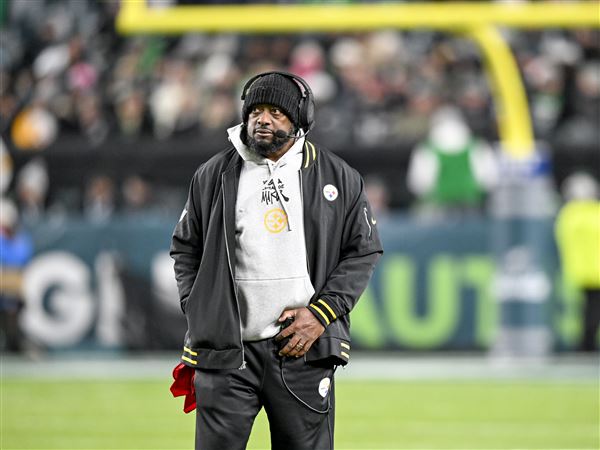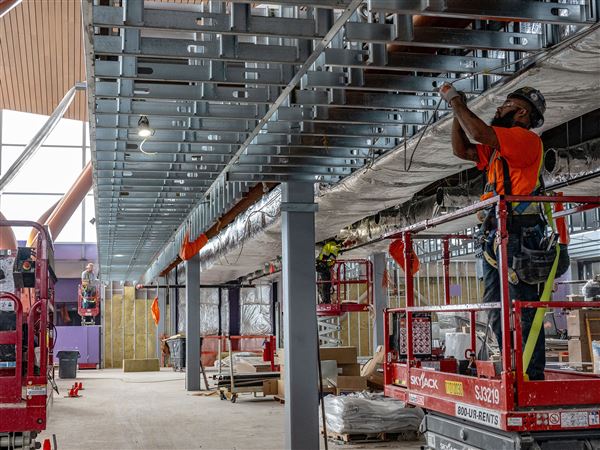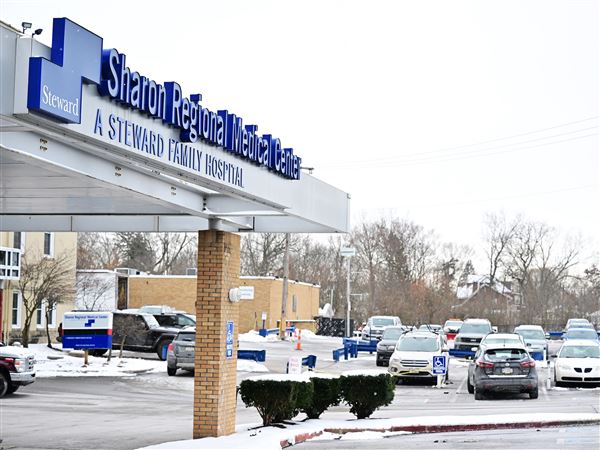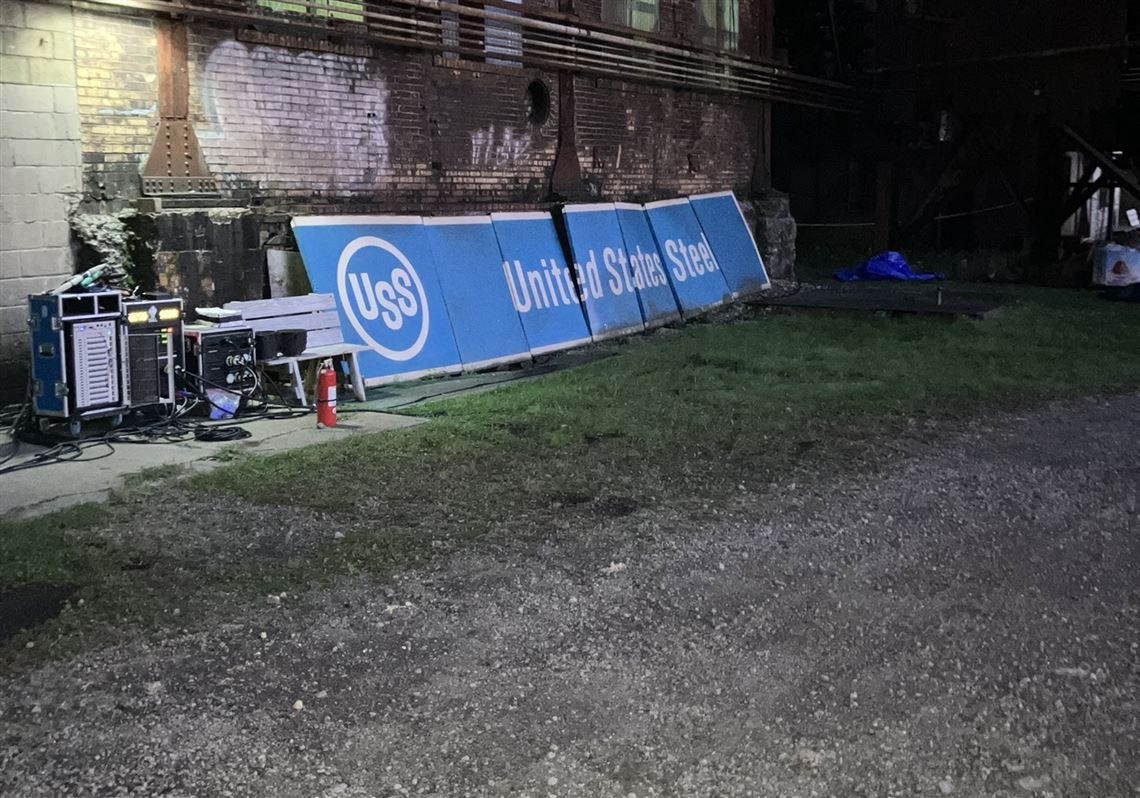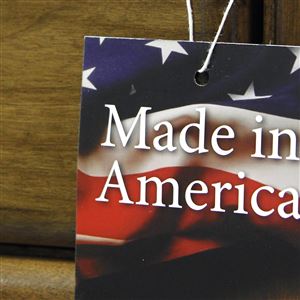Thirty years ago, the president of the International Brotherhood of Electrical Workers crisscrossed the country in a desperate fight to defeat the North American Free Trade Agreement. I was at his side, speaking on behalf of the Student Environmental Action Coalition.
We warned the bill would dramatically cut U.S. manufacturing while sending American factories to countries that would willingly allow their land and water — not to mention the air we all share — to be dangerously polluted. Tens of thousands of American factory closings later, we were proven right.
An icon of American manufacturing, U.S. Steel, recently announced its sale to Japan’s Nippon Steel. U.S. Steel’s story is different than NAFTA’s, but it represents the same kind of shortsightedness that has caused so much harm to working families.
The cautionary lesson
The policy that led to the sale of U.S. Steel was an import restriction intended to shield companies from unfair foreign competition. The cautionary lesson for today’s policymakers is that any efforts to protect domestic industries must be paired with high-quality investments at home that spur companies to improve their performance. Trade policies, be they “free trade,” “protectionist,” or anywhere in between, must proactively invest in our industries and workers.
In the 1960s and 1970s, Japanese corporations emerged as global manufacturing powerhouses for industrial products like steel. Concerns from companies like U.S. Steel prompted the Reagan administration to reduce steel imports from Japan. Two things occurred as a consequence.
First, the cost of making products that use steel — such as cars — rose as less Japanese steel became available. American consumers were forced to pay for this price hike precisely at the moment in time when wages had begun to stagnate.
Second, traditional steelmakers like U.S. Steel continued to lose market share to more nimble domestic steelmakers. So-called “mini mills” (in contrast to the larger “integrated mills” operated by U.S. Steel), which produced lower-grade steel using scrap metal and electricity, became more competitive in response to rising domestic steel prices. Integrated mills saw their production capacity fall from 138 million tons in 1980 to 90 million tons by 1987. Today, nearly two thirds of all steel made in the United States comes from mini mills.
It might seem strange that companies like U.S. Steel did not use the opportunity created by higher steel prices to become more efficient producers themselves. They could have established new mini mills or made improvements to their existing facilities. Instead, the corporate heads of these integrated steel mill companies placed the blame for their bad performance first on foreign competition, and then on organized labor.
When headwinds persisted, executives at integrated mills simply resorted to reducing their workforce. Employment in the American steel industry fell by more than half, from 454,000 in 1976 to 175,000 in 1986. Trade barriers on Japanese imports, publicly promoted as a measure to protect jobs, ultimately did little towards that goal.
Preparing for tomorrow’s economy
The lesson here is not that the government should shy away from adopting new trade policies. It is a matter of existential importance that the U.S. engages in a trade policy that both promises to open more domestic factories and restrict imports of pollution-intensive goods. We’re facing twin climate and extinction crises, and goods that are made cheaply abroad are often also made through a more pollution-intensive process.
Looking back on the bad trade policies and inadequate public investments of the 1980s, there are two immediate lessons policymakers should observe when implementing a climate-centered trade policy.
First, policies that shield domestic industries from foreign competition must not simply protect corporate profits. They must be accompanied by measures that boost wages for working people. Public policy should serve a clear public good, and organized labor is a vital aspect of protecting workers’ employment and wages. Moreover, temporary financial support should be extended to businesses that currently rely on imports so that they do not resort to layoffs and wage cuts.
Second, support for domestic industries should be conditioned on sound investment decisions by corporations. If public policy creates an environment favorable to American companies, then the government should expect some changes to the way those companies operate.
In today’s economy, where leading corporations are demanding materials with lower embodied carbon, and the European Union is preparing to limit the import of products based on carbon intensity, to be globally competitive requires investing in cleaner manufacturing processes. Some of this is embedded in the implementation of investments under the Inflation Reduction Act, but more can be done.
It could have gone differently
The silver lining is that Nippon Steel wants to manufacture in the United States, which speaks to the potency of the existing public policy measures in bolstering the domestic demand for industrial goods.
This could have all gone very differently. If the government’s attempt to use trade policy to promote domestic manufacturing in the 1980s had been balanced with high-quality investments to make steelmaking cleaner and more efficient, U.S. Steel may have been purchasing Nippon Steel today.
Ben Jealous is the executive director of the Sierra Club and a professor of practice at the University of Pennsylvania.
First Published: December 28, 2023, 10:30 a.m.
